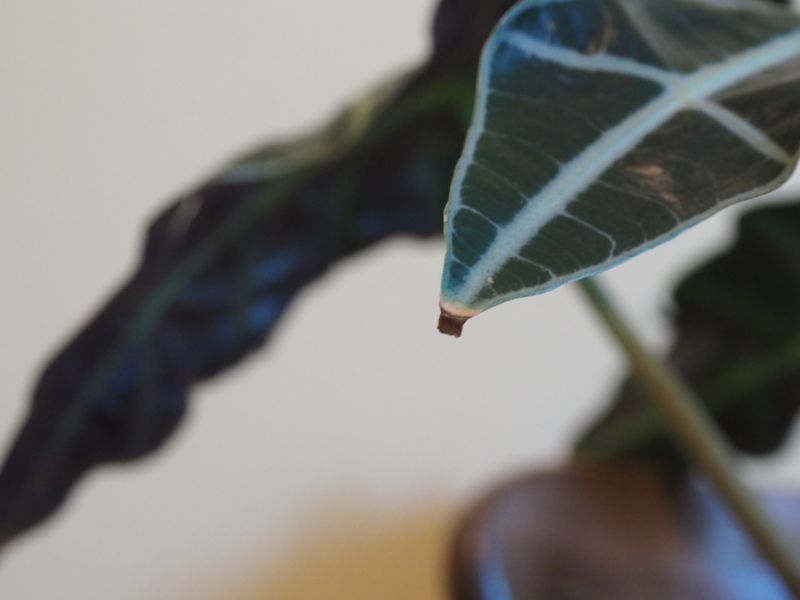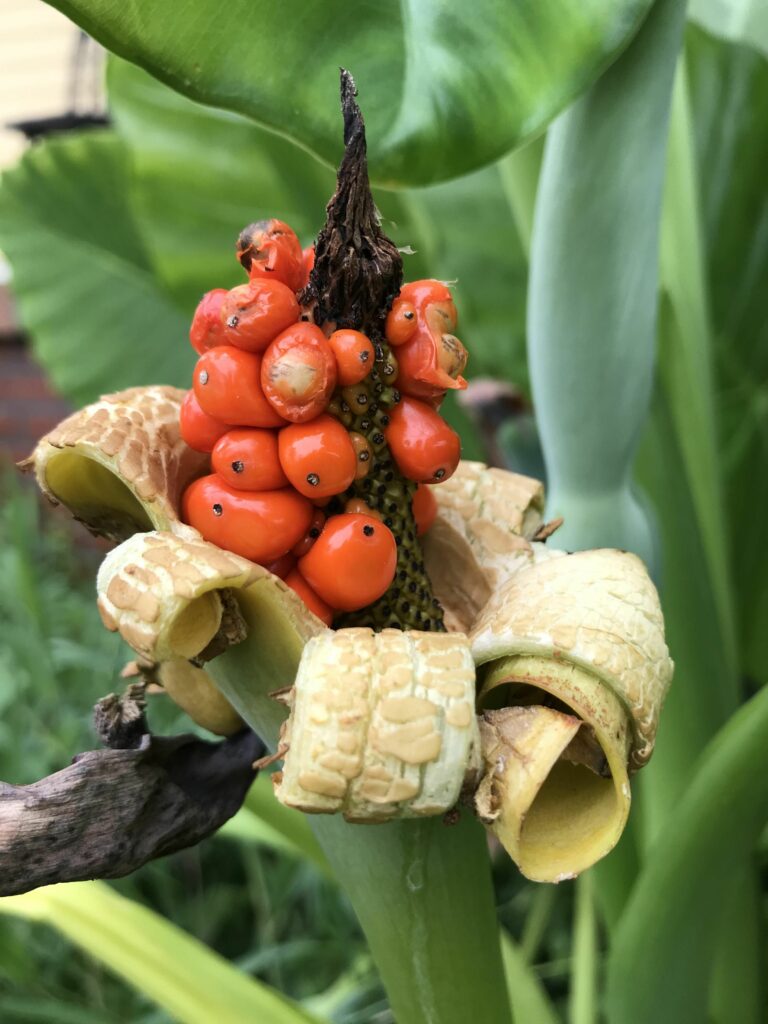Elephant ears are popular tropical plants that have caught the attention of many home gardeners and enthusiasts. While those jungle plants can bloom and carry beautiful flowers, they are mainly grown for their big, green, heart-shaped leaves. The shape of the leaves reminds me of monstera deliciosa in a way.
If you have one of those gorgeous plants sitting in your garden or your bedroom, it’s pretty simple to divide that plant into several ones.
How to propagate Elephant Ears?
In short: easily. The hardest question is not “how”, but deciding what methods should I use to propagate the coco yam plant. My personal favorite propagation technique is using stem cuttings. But some plants cannot be propagated from cuttings – elephant ears are a good example. That doesn’t mean you can’t turn your existing jungle plant into several ones. The most common way to propagate an elephant plant is through division. Another way to do it is from seeds.

Elephant Ear plant propagation from division
Division is a technique often used to propagate different plants – and it works wonders for an elephant plant. While this method is a bit messy, cleaning up some soil on your floor doesn’t require much time and equipment. And a new elephant bush is worth a bit of a mess!
- Gently dig out your elephant ear from the ground or the pot it’s growing in. Check that the roots aren’t growing out of the drainage holes beforehand. You don’t want to damage the root system.
- Pull away as much soil as you can from around the roots. Giving it a light shake can help.
- Separate the plant into different sections – locate the tubers and divide them from the main bulb. You can gently pull the roots apart and cut through some small roots where needed. Avoid cutting bigger, more dominant roots – this can damage the parent plant. Make sure that the knife is sharp and clean.
- Pot each tuber in a separate container and continue giving each plant regular care.
When Can You divide an Elephant Ear Plant? Many gardeners prefer to divide their plant in late fall when it reaches the end of the growth period. Some do it during spring or summer when the plant is still growing. Whatever time you choose, make sure the mother plant is healthy enough.
The new plants don’t need much water for once, so you should water frequently with less amount.
Elephant Ear plant propagation from seeds

Another simple way to propagate an elephant ear is to do so from seeds. Some varieties of elephant plants are more prone to blooming than others – although it is still rare for this tropical plant to flower unless you provide it with perfect conditions. And the success rate of growing an elephant ear from seed isn’t the highest. But if you manage to get your hands on some elephant ear seeds, why not try your luck at growing an elephant bush from seed? If you follow the next few steps, then there won’t be any problem.
- Fill a larger container or a seedling tray with some seed starting mix. Throw your seeds on the potting mix and lightly sprinkle some more over the seeds.
- Use a mist bottle to dampen the soil.
- Choose a location where the seeds can get some sunlight.
- The earliest birds may appear in three weeks, however, It can take up to two months for seedlings to appear – so be patient and don’t worry if you can’t see the little new plants!
How to care for an Elephant Ear?
Elephant ears, like many other tropical plants, can be a bit moody -especially when growing in colder environments. But if you know what your plant needs and can provide it with favorable conditions, it can thrive for years.
Those plants love wet environments and naturally grow in soggy areas such as bogs, water parks, and marshes. So, ensure that you provide your plant with as much water as it needs. Never let the soil dry out – it should always be damp, almost wet.
Elephant ears aren’t plants that can survive in a dark corner – they need sunlight and quite a lot of it. While they can handle full sun, they prefer partial shade. Keep that in mind when choosing a location for your new plant.
And as a tropical plant, elephant ears like to grow in a warm environment. If you’re growing your plant indoors, keep the temperature above 70 degrees.
If you’re living in a colder climate and are growing an elephant ear outdoors, dig up the tubers or corms before the first frost if you’d like to use them again next year. Allow them to air out, wrap some paper around them, and store them in a cool and dry place.

FAQ section
You can plant elephant ear bulbs indoors or outdoors – ensure the last frost has passed if you opt for the second option. Plant the bulbs into rich, well-draining soil and leave them in a spot where they can get light sunlight.
Are elephant ears perennial?
Elephant ears are perennial plants. However, as they are tropical plants, they require warm climates to thrive for years. Gardeners in colder environments plant elephant ears annually.
Do elephant ears need full sun?
No, full sun isn’t needed for an elephant ear to thrive. Although the plant can handle full sun, it prefers partial shade.
How often to water elephant ears?
Elephant ears love wet environments. A good rule of thumb is to keep the soil moist, almost wet. If you’re growing your plant indoors and it doesn’t have access to rainfall, don’t forget to water the plant often. Daily watering works wonders for this plant.
Do elephant ears bloom?
Yes, these plants are capable of blooming! But they only do so when the plants are mature and kept under the right conditions.
Are elephant ears toxic to dogs?
Unfortunately, elephant ears are not pet-friendly – the plants are toxic to dogs and cats. So you might want to avoid elephant ears if you have a furry friend.